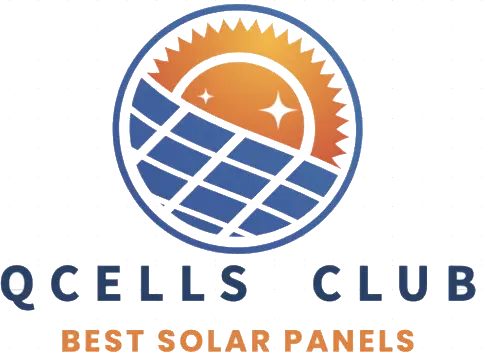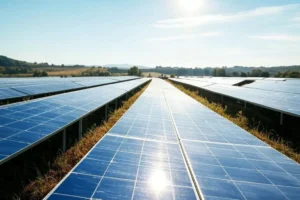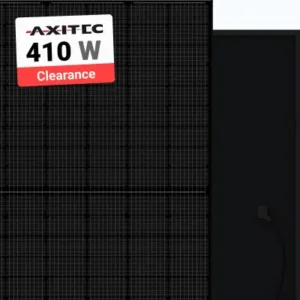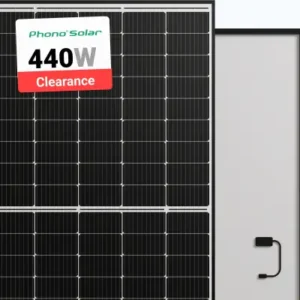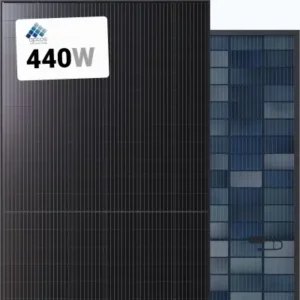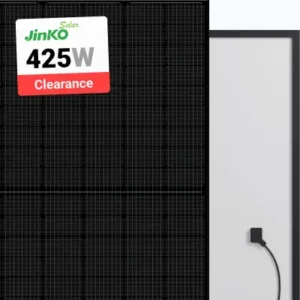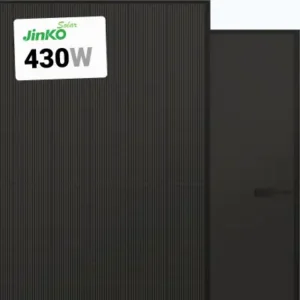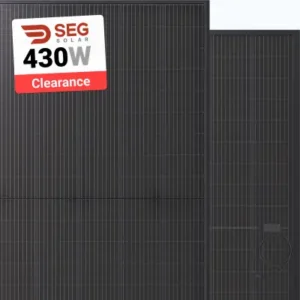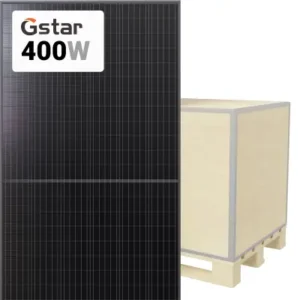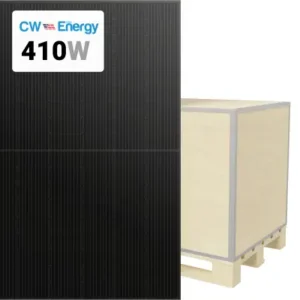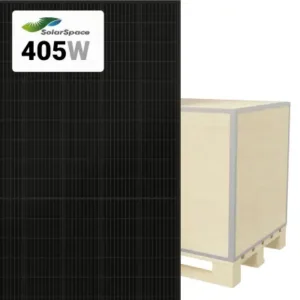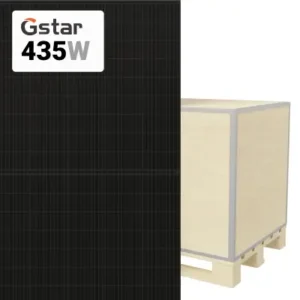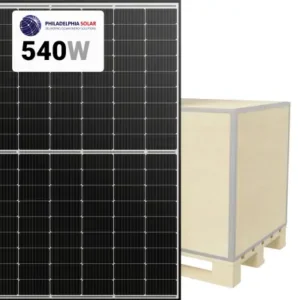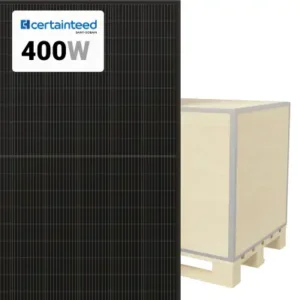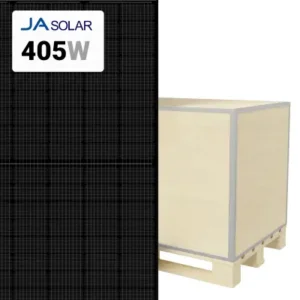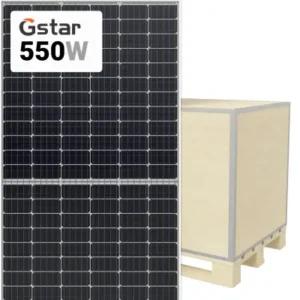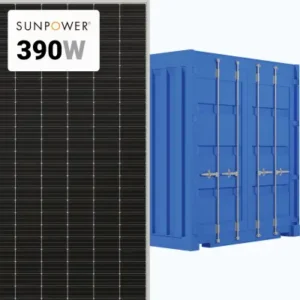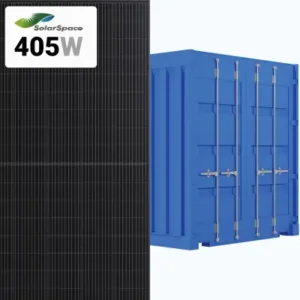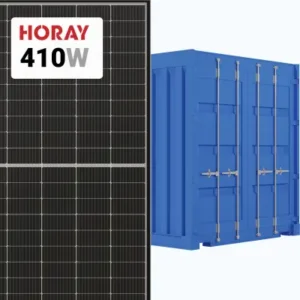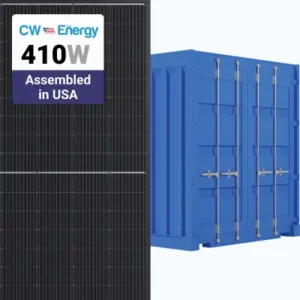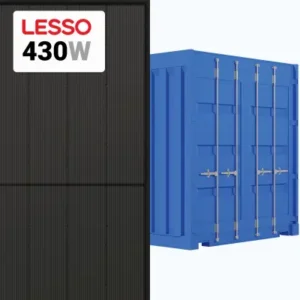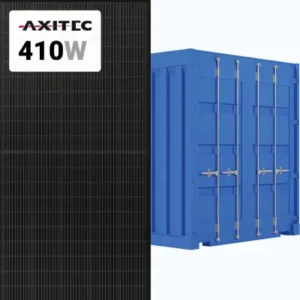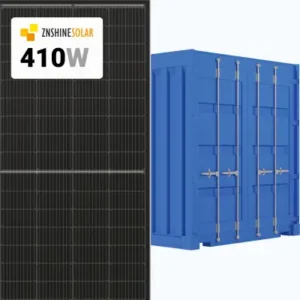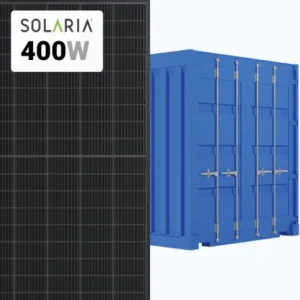Alaska, the Last Frontier, is a land of rugged beauty, endless adventure, and untapped solar potential. Despite its northern latitude, Alaska’s long summer days and reflective snow make it a surprisingly viable place for solar energy. From Anchorage’s urban hub to remote cabins in the Interior, Alaskans are adopting solar power to reduce reliance on costly fossil fuels, gain energy independence, and protect the state’s pristine environment. Hanwha Q Cells, a global leader in solar technology, offers cutting-edge solar panels and inverters designed to perform in Alaska’s extreme conditions. Whether you’re a homeowner in Juneau, a business owner in Fairbanks, or an off-grid enthusiast in the Bush, Hanwha Q Cells delivers reliable, high-efficiency solutions. This article explores why Hanwha Q Cells is ideal for Alaska, showcases top products available for purchase, and guides you on where to find them across the state.
Why Hanwha Q Cells Thrives in Alaska
Hanwha Q Cells combines German engineering with South Korean manufacturing expertise, producing solar products that excel in quality and resilience. Since its founding in 1999 and integration into the Hanwha Group in 2012, the company has become a top-tier solar manufacturer worldwide. In Alaska, where energy costs are among the nation’s highest and grid access can be limited, Hanwha Q Cells offers a way to harness the sun’s power, even in challenging conditions.
The company’s Q.ANTUM technology is a standout feature, enhancing monocrystalline cells with nano-coatings and multi-busbar designs to boost efficiency. This maximizes energy production per square foot, critical for Alaska’s compact rooftops in Anchorage or small lots in Sitka. The Q.TRON series, with Q.ANTUM NEO technology, is particularly suited for Alaska, offering superior low-light performance to capture energy during short winter days or cloudy periods in Southeast Alaska. With efficiencies up to 21.8%, these panels help offset high electricity bills in a state where rates can exceed 25 cents per kWh in rural areas.
Alaska’s climate poses unique challenges, from freezing temperatures in Fairbanks to heavy snowfall in Valdez and coastal storms in Kodiak. Hanwha Q Cells panels are rigorously tested for cold, wind, and snow loads—exceeding international standards—to ensure durability. The Q.PEAK DUO series, for instance, withstands extreme thermal cycling, making it ideal for Alaska’s freeze-thaw cycles. Their bifacial panels, like the Q.PEAK DUO XL, capture reflected light from snow, boosting output by up to 15% in regions like the Mat-Su Valley.
Solar inverters are essential for converting DC power from panels into usable AC electricity. Hanwha Q Cells partners with leading brands like Enphase and SMA to offer inverters optimized for Alaska’s off-grid and grid-tied systems. Enphase microinverters excel in partially shaded areas, common in Juneau’s forested neighborhoods, while SMA inverters are perfect for remote cabins in the Interior, ensuring reliability during power outages or harsh weather.
Benefits for Alaska’s Energy Landscape
Alaska’s energy future is shifting toward renewables as residents seek alternatives to diesel generators and volatile utility costs. Hanwha Q Cells supports this transition with products built for longevity and performance. Their panels come with 12–25-year product warranties and 25-year performance guarantees, maintaining at least 85% output after decades, a crucial factor for Alaskans investing in long-term energy solutions.
Financial incentives make Hanwha Q Cells even more appealing. The federal Investment Tax Credit (ITC) offers a 30% deduction on installation costs through 2032, significantly lowering upfront expenses for homes in Anchorage or businesses in Kenai. While Alaska lacks statewide net metering, some utilities, like Chugach Electric, provide solar-friendly policies, and off-grid systems with battery storage maximize savings in remote areas like Bethel. For example, a 430W Q.TRON panel, priced around $270–$300 in Alaska, can pay for itself in 5–7 years in high-sun areas like Fairbanks, thanks to ITC savings and reduced fuel costs.
Businesses, from tourism lodges in Seward to retail shops in Ketchikan, benefit from Hanwha Q Cells’ commercial-grade panels. The Q.PEAK DUO XL series reduces installation costs with higher wattages, while bifacial designs increase yield on open land, ideal for solar arrays near Palmer. Paired with SolarEdge inverters, these systems lower operating expenses and support Alaska’s growing eco-tourism industry, aligning with sustainability goals.
Top Hanwha Q Cells Products for Sale in Alaska
Hanwha Q Cells offers a range of solar panels and inverters tailored to Alaska’s residential, commercial, and off-grid needs. Here are some top products available for purchase:
- Q.TRON BLK M-G2+ (430W)
- Efficiency: 21.6%
- Features: Q.ANTUM NEO, nano-coated cells, low-light optimization
- Ideal for: Homes in Anchorage or Juneau with short winter days
- Price: ~$270–$300 per panel
- Benefits: Excels in low light, durable for cold climates, 25-year warranty
- Q.PEAK DUO BLK ML-G10+ (400W)
- Efficiency: 20.2%
- Features: Q.ANTUM DUO technology, half-cut cells, all-black design
- Ideal for: Residences in Fairbanks or Sitka with compact rooftops
- Price: ~$230–$260 per panel
- Benefits: High efficiency, snow-shedding design, aesthetic appeal
- Q.PEAK DUO XL-G10.3/BF (475W)
- Efficiency: 20.8%
- Features: Bifacial cells, 156 half-cut design, snow-resistant frame
- Ideal for: Commercial projects in Palmer or off-grid cabins in Homer
- Price: ~$320–$350 per panel
- Benefits: Boosts output with snow reflection, built for heavy snow loads
- Enphase IQ8 Microinverter
- Power: 290–380W per panel
- Features: Panel-level optimization, cold-weather performance
- Ideal for: Residential systems in Ketchikan or Wrangell with shading
- Price: ~$150–$200 per unit
- Benefits: Maximizes output in partial shade, supports battery storage
- SMA Sunny Island Inverter (6kW)
- Power: Up to 6kW
- Features: Off-grid capability, high surge capacity
- Ideal for: Remote cabins in the Interior or businesses in Kodiak
- Price: ~$3,000–$3,500 per unit
- Benefits: Reliable for off-grid systems, integrates with batteries
These products are designed to withstand Alaska’s harsh winters and capitalize on its unique solar opportunities.
Where to Buy in Alaska
Alaska’s solar market is growing, with options to purchase Hanwha Q Cells products both locally and online. Here are key places to shop:
- Online Retailers
- A1 SolarStore: Stocks Q.TRON 430W ($280) and Q.PEAK DUO 400W ($240), with shipping to Anchorage or Fairbanks.
- Solaris-shop.com: Offers kits with 10 Q.TRON panels and Enphase inverters (~$7,500), suitable for DIYers in Juneau.
- US Solar Supplier: Provides Q.PEAK DUO XL 475W (~$330) at wholesale rates, ideal for bulk orders in Wasilla.
- Local Distributors
- Renewable Energy Systems of Alaska (Anchorage): Sells Q Cells kits (e.g., 5kW system with 12 Q.TRON panels and SMA inverter, ~$9,000).
- Arctic Solar Ventures (Fairbanks): Offers Q.PEAK DUO 400W (~$250) and free consultations for off-grid setups in Delta Junction.
- Susitna Energy Systems (Palmer): Provides Q.TRON 430W systems (~$8,500 for 6kW), specializing in snow-heavy regions.
- Installers
- Alaska Solar (Anchorage, statewide): Integrates Q.TRON panels with Enphase inverters (~$11,000 for 6kW post-ITC), offering financing.
- Absolute Solar & Energy Solutions (Fairbanks): Installs Q.PEAK DUO XL for businesses (~$50,000 for 40kW), serving North Pole and Healy.
- Southeast Solar (Juneau, Sitka): Provides Q.TRON 430W systems (~$12,000 for 7kW), designed for coastal durability.
Pricing in Alaska averages $0.80–$1.00 per watt for panels, higher than the Lower 48 due to shipping costs, with rural areas like Nome slightly pricier than Anchorage ($0.75–$0.90). Bulk orders for community solar in Mat-Su can hit $0.60 per watt through distributors like CSE Solar USA. Compare quotes and confirm ITC eligibility to optimize savings.
Tailoring Your Alaska Solar System
Your Hanwha Q Cells system depends on your location and energy needs. In Southcentral Alaska (e.g., Anchorage), a 5kW system with 12 Q.TRON 430W panels and Enphase inverters covers most homes ($10,000–$12,000 pre-incentives). In Southeast Alaska (e.g., Sitka), where shading is common, Q.TRON panels with microinverters handle clouds better ($11,000 for 5kW). Businesses in Fairbanks might use 60 Q.PEAK DUO XL 475W panels with SolarEdge inverters ($50,000), while off-grid cabins near Tok pair 6 Q.TRON panels with SMA inverters and batteries ($15,000).
Hanwha Q Cells’ mounting systems adapt to Alaska’s roofs—metal in Fairbanks, shingles in Anchorage, or ground mounts in Homer. Installers ensure compliance with local codes, and Alaska’s permitting is streamlined in solar-friendly areas like Anchorage.
The Future of Solar in Alaska with Hanwha Q Cells
Hanwha Q Cells is helping Alaska build a sustainable energy future. Their U.S. manufacturing in Georgia ensures a steady supply, critical for Alaska’s remote markets. A $2.5 billion investment in U.S. production strengthens this commitment, benefiting residents from Barrow to Ketchikan.
Innovations like perovskite tandem cells, targeting over 28% efficiency, promise greater value for Alaskans. Hanwha’s eco-friendly production and recyclable panels align with Alaska’s environmental ethos, protecting its wilderness for future generations.
For Alaskans, Hanwha Q Cells offers a path to lower costs, reliable power, and environmental stewardship. Whether you’re in Anchorage’s suburbs, Fairbanks’ tundra, or Juneau’s rainforests, these solar panels and inverters deliver unmatched performance. Shop online or contact local installers today to harness the sun with Hanwha Q Cells.
